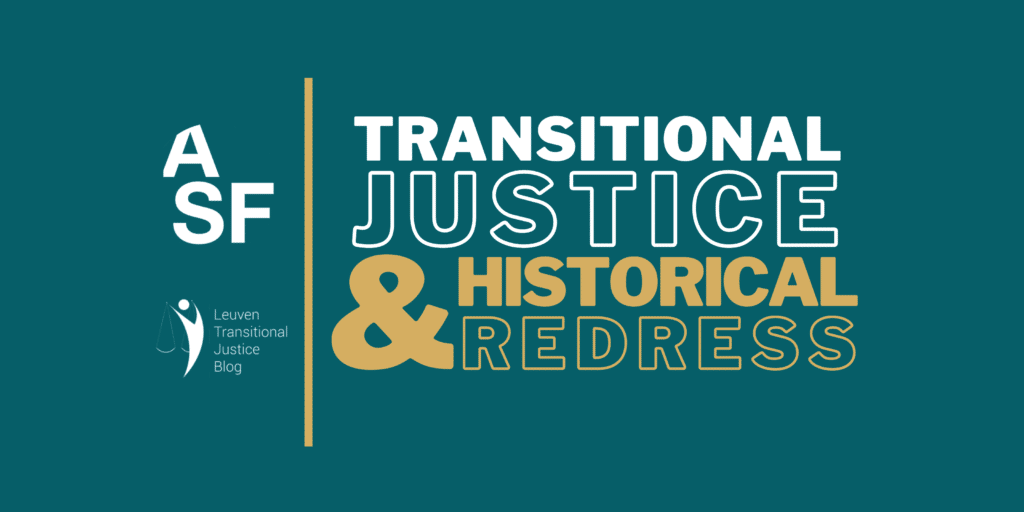
In this post, Kristen Parker, Adjunct Professor at Simmons University (USA), unpacks the shortcomings and risks of traditional definitions of truth and reconciliation in colonial contexts. Drawing on the current Norwegian and Finnish Truth and Reconciliation Commissions (TRC) on the Sámi, she illustrates how TRCs may enact—not heal—violence if they fail to redefine the issues in terms of material, structural justice for Indigenous victims.
In recent years, several Nordic countries have initiated Truth and Reconciliation Commissions (TRCs) to investigate colonial aggression against the Sámi, the only Indigenous people of mainland Europe. Although Sweden has yet to release its mandate to the public, Norway and Finland have already given us insight into their agendas. Their eponymous goals of truth and reconciliation seem obvious enough. However, if these commissions are unable to modify their meaning in colonial contexts, they’ll not only fail to achieve these goals—they’ll risk enacting further violence on those searching for justice.
Truth: Naming the first harm
TRCs find truth by asking the question, “What was the harm?” Post-conflict and post-authoritarianism TRCs have traditionally focused on human rights violations like genocide, torture, and forced disappearances. Colonial TRCs have followed suit, each naming similar acts of extreme cruelty. In South Africa, the harm was apartheid. In Canada, it was residential schools. In the United States, racial terror. For the Sámi, it is interfering with traditional livelihoods (e.g., reindeer herding, fishing), forcing religious conversion, destroying sacred sites, banning native languages and more. Nevertheless, the brutality of these policies and behaviours fails to capture the reality—the truth—of colonialism.
In the context of colonialism, TRCs must start with the original sin of land theft and occupation—the First Harm, as Edward Valandra says. Apartheid, residential schools, racial terror, and all other acts of related violence are instrumental, a means to an end. Colonizers deploy these tools to break down intra- and interpersonal bonds in order to undermine the potential for solidarity and resistance. Each new iteration of violence works to reinforce the First Harm and protect the economies it has built.
So far, it seems unlikely that the Nordic TRCs are prepared to address the First Harm. Established in 2018, the Norwegian TRC has proposed a mandate focused on policies primarily related to Sámi languages, livelihoods, and experiences of discrimination in educational, religious, academic, cultural, and social institutions. Established a year later, the Finnish TRC offers more with a mandate that notes the importance of “structural change,” “the connection to land and water,” and “key factors affecting the realization of the rights of the Sámi people, such as climatechange.”
Still, these mandates fail to acknowledge either historical colonial land theft or modern-day Sámi experiences in political, economic, or environmental institutions. This critical oversight is especially noteworthy considering the colonizing nations’ ongoing advancement of (and the Sámi’s continued activism against) devastating initiatives like wind farms, mines, and railways; their repeated exclusions of Sámi decisionmakers; violations of Sámi legal protections; and choices to ignore international instructions to discontinue harmful projects. The framing of the mandates elides the expressed Sámi interest in active, self-determined rights over land and water in favour of a passive, symbolic “connection to” them.
By neglecting certain issues—those that matter most to the Sámi and that relate to the First Harm—the TRCs have created a disconnect between their stated aims and their host nations’ other (and arguably more relevant) policy priorities. As a result, the stage is set for one institution to pursue an incomplete, inauthentic account of truth while others mete out new forms of violence.
Reconciliation: Together, apart
If a TRC’s truth asks, “What was the harm?” then its reconciliation inquires, “How do we heal it?” Although Norway and Finland agree that the aim of both commissions is reconciliation, their conceptualisation presupposes an omission of the First Harm. Having veiled the past with their emphasis on instrumental violence, the Norwegian TRC naturally highlights goals like “recognition of the experiences of the Sámi” and “establishing a common understanding of the Norwegianization policy and its consequences.” Similarly, the Finnish TRC hopes to “strengthen awareness about Sámi people and the Sámi culture among the majority population, thereby creating conditions for the positive development of relations between the populations.”
Neither understanding of reconciliation is inherently bad. In fact, if the naming of the problem determines the definition of the solution, then these goals are the expected response to the issues outlined in the respective mandates. This is interactional justice, an interpersonal phenomenon that interprets mass victimisation as a large quantity of discreet acts of violence between identifiable victims and perpetrators. Consequently, reconciliation is the apolitical cultivation of mutual understanding, relational repair, and, ultimately, integration of those separated by violence.
Unfortunately, in colonial contexts, integration is violence. As Rauna Kuokkanen explains, “[Settler] colonialism is informed and driven by sustained “logic of elimination” that seeks to remove Indigenous peoples [and works to] ‘progressively disappear [them] in a variety of ways: extermination, expulsion, incarceration containment, and assimilation” (Veracini 2010, p. 16-17).” Within this framework, the Nordic TRCs’ interactional justice seems to be an attempt to contain and neutralise the Sámi threat. When Norway and Finland offer redress for interpersonal and cultural harms, they set up a bait and switch. In a mere performance of justice, they provide that which is easy to give—state apologies, denunciation of hate crime, educational reform, memorialisation efforts—to appease the Sámi. Meanwhile, they withhold real justice, and reap the economic rewards. Now, Nordic leaders can feign benevolence while moving forward with lucrative projects on Sámi land and rejecting their legitimate complaints on the grounds that they’ve already “reconciled.” This is not real justice.
The antidote—and the missing piece in these Nordic TRCs—is structural justice. Structural justice flows from the truth of the First Harm and, in the words of Catherine Lu, “takes our view of rendering justice in contexts of political catastrophes beyond victims and perpetrators and toward the institutional, normative, and material conditions in which they interact.” In practice, structural justice addresses the root causes of harm, alleviates the compounding harms of instrumental violence and prevents the recurrence of historical harms in the present and future. It disrupts systems that perpetuate colonialist economies and centres material, distributive justice for Indigenous people.
Of course, realising such a radical vision of justice requires an enormous shift from our current position. The Nordic colonial powers will need to tell the truth—the whole truth—about their role in oppressing and dispossessing the Sámi. Then, they will need to pursue a reconciliation that is not the disempowering, disappearing reconciliation-as-incorporation, but rather an alternative, empowering reconciliation-as-separation. Reconciliation can only arise when equal parties, both possessing the dignity of self-determination—choose to move forward together. And for Indigenous peoples, this kind of relationship must start with land.
Conclusion
The Nordic TRCs are poised to ignore the truth of the First Harm and deny land and water rights as reconciliation. Although their final recommendations may surprise us, their current mandates suggest that these commissions will be little more than smokescreens for ongoing damage to Sámi material interests. By centering the functional manifestations of violence but not their root causes, they’ll treat the symptoms but not the disease of colonialism. Moreover, in choosing such a frame of reference, they will leave the First Harm untouched and set the stage for it to mutate and persist into the future in a new form.
And, in the far North, the colonialism is transforming, pretending to fade away in this liberal, modern era while becoming something much deadlier. The former President of Norway’s Sámi Parliament, Aili Keskitalo, warns of “green colonialism” or the ongoing domination over and exploitation of occupied people using “the fight against climate change as an excuse for imperialism.” If the Nordic countries refuse to redefine truth and reconciliation, then they will become that which they claim to oppose.
Indeed, in this new era of transitional justice, TRCs may not fight colonialism, but perpetuate it.
Author
Kristen Parker, MSW is an Adjunct Professor at Simmons University (USA), a collaborator with the Ahimsa Collective, and a new member of the Working Group on Gender-Based Violence at the European Forum for Restorative Justice. She earned her professional certificate in Restorative Justice from Vermont Law and Graduate School and her Master of Social Work with a specialization in Trauma and Interpersonal Violence from Simmons University. Kristen was inspired to pursue restorative justice while working directly with victims and perpetrators of domestic and sexual violence. Her professional interests include restorative and transitional justice, mass victimization, gender-based violence, and the interplay of power, privilege, and struggles for collective liberation.
Transitional Justice & Historical Redress
This article is part of the special series Transitional Justice & Historical Series, a project born of a joint collaboration between the Leuven Institute of Criminology and Avocats Sans Frontières.

